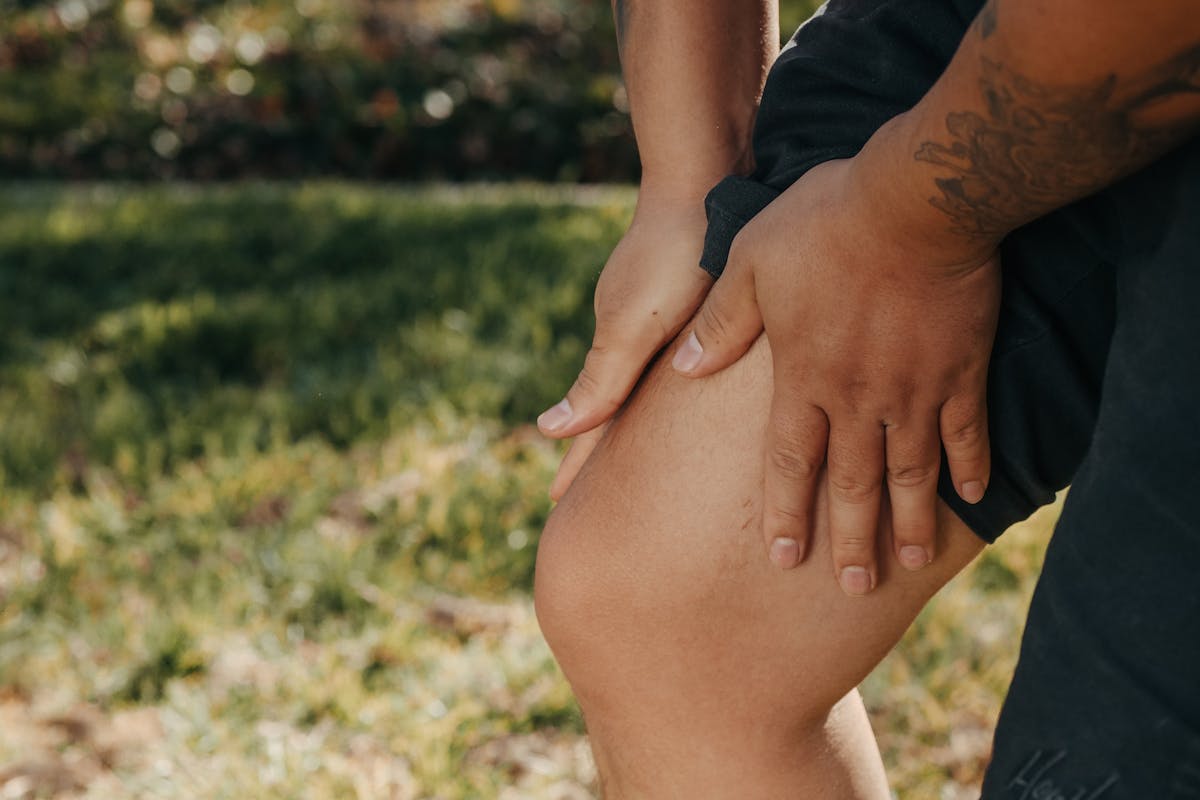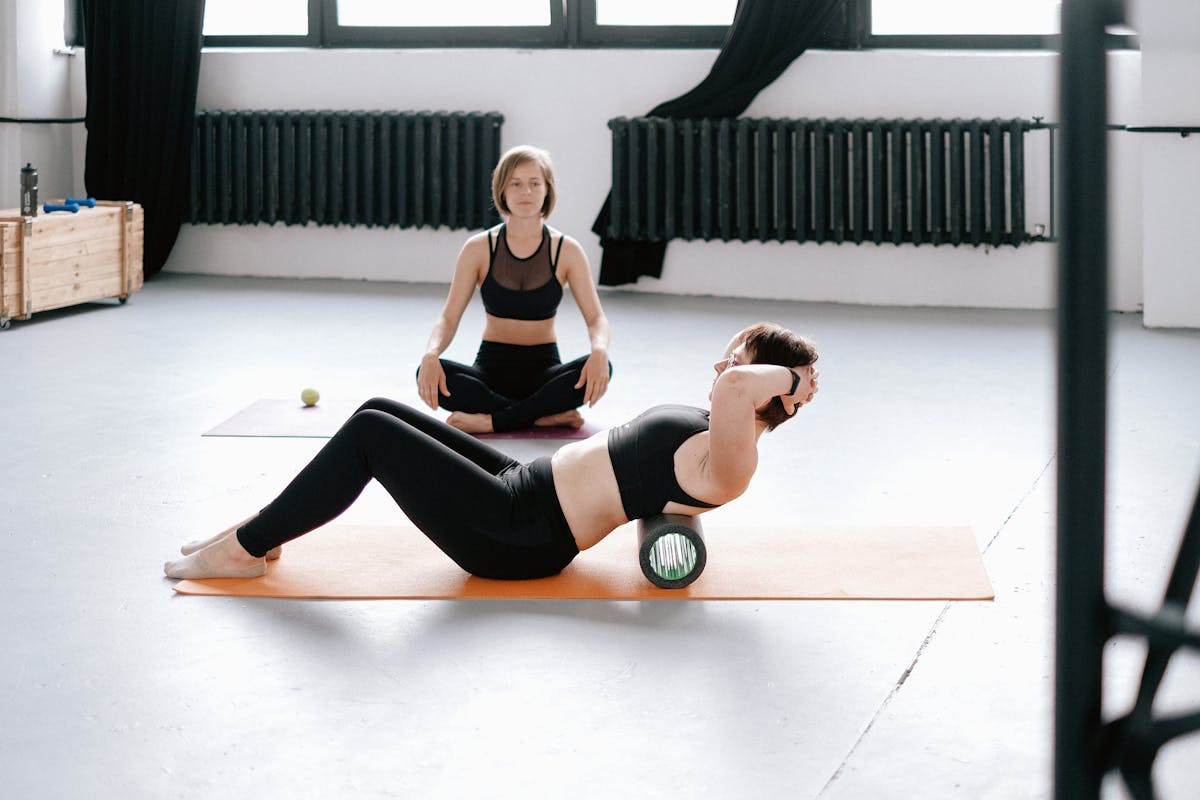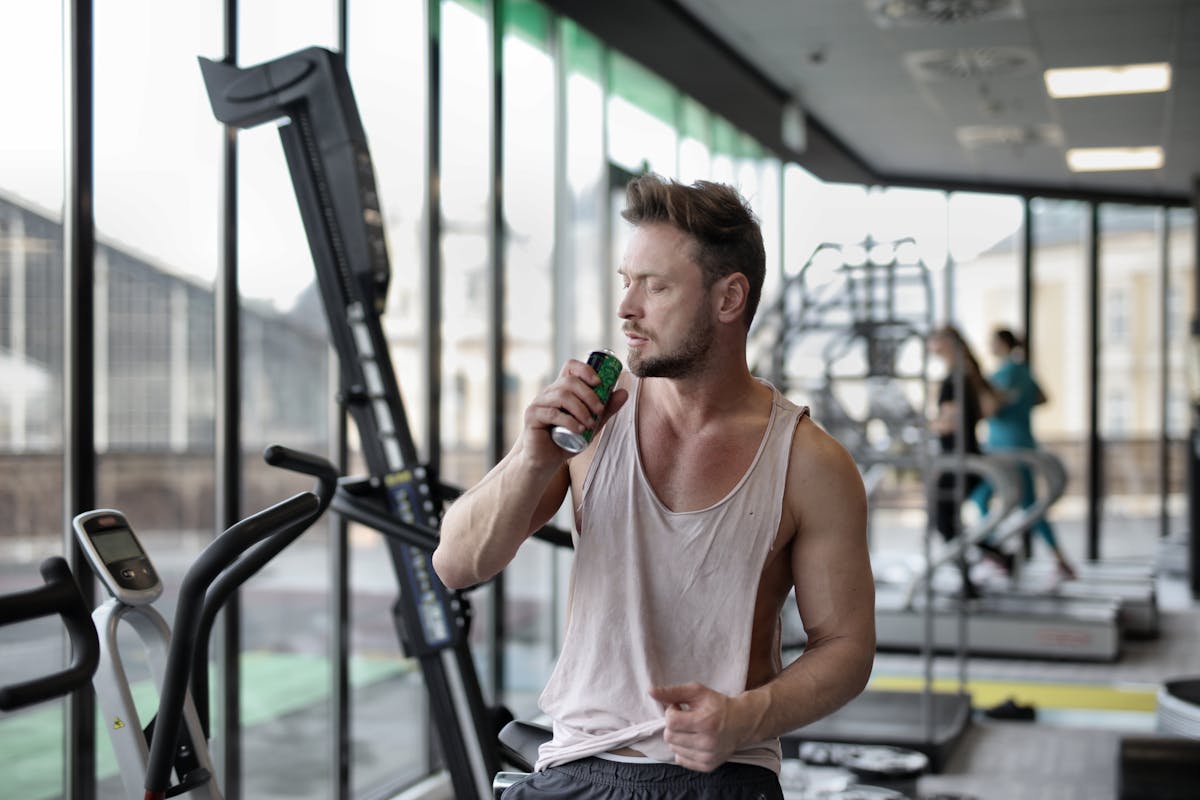The lower limb region is essential for locomotion, but at the same time, it is important in various physical exercises. During training, some athletes may have problems with this joint and, as a result, many do not know how to avoid knee injuries.
Several situations, whether in everyday life or in sports, can cause some type of injury to this joint. Among the main causes are sprains, overload and wear in the area in question, so if you are an athlete who cares about your health and wants to know what precautions to take to avoid knee injuries , continue reading this content.
What are the vital functions of the knee?
In the world of sports, the knee has important functions for the athlete’s development, such as improving balance and flexibility . However, it is possible to go further, as it performs other important functions, including:
- Provide stability.
- Allow leg movement.
- Act as a “shock absorber”.
- Between others.
How do knee injuries occur?
Knee injuries are more common than we think. Symptoms are characterized mainly by pain when moving the joint and/or swelling in the region, and there may be other factors that influence these injuries.
The most common cause is friction between the bones caused during exercise, through falls, sudden movements or even collisions. In addition, the overload of the joint caused by excess weight can affect the ligaments and cause weakness in the knee muscles.
Some athletes complain of pain or discomfort in the region after carrying out their sports planning. In running, for example, some runners tend to increase the pace of their training and end up causing damage to their lower limbs.
In other words, the main causes of knee injuries are linked to overload, twisting, and wear and tear caused in areas of degenerative injuries.
However, there are more risk factors that cause knee injuries , such as:
- Weakening of muscles.
- Lack of flexibility.
- Excess body weight.
- Between others.
What are the first signs of knee injuries?
The knee joint is connected by three bones (femur, patella and tibia) and damage can occur in the ligaments, cartilage and menisci (internal structures of the knee that stabilize it and act as shock absorbers).
There are some signs that indicate possible problems in the limb. We already know that the first and most common of these is pain, which may or may not be associated with other factors, such as swelling and/or redness. In addition, another issue is the locking of the knee, which prevents it from bending or straightening.
In the world of sports, it is common for athletes to complain of other signs caused by injuries in the region, and buckling is one of them. The main indication that the limb is buckling is instability when walking, because, in theory, the ligaments become loose and less resistant, causing the sensation described.
Furthermore, stiffness in the region can also indicate certain problems, due to a muscular imbalance caused by a lack of flexibility in the joint.
In addition to these factors, there are other signs of possible knee injuries caused during training, which you can see below:
joint effusion
Popularly known as “water on the knee”, it is caused by the excessive accumulation of fluid in the area, which can be formed by blood and pus. The most common symptoms are swelling and redness, which can occur after twisting, major impacts in the knee region, or even due to repetitive efforts.
Numbness
Known as paresthesia, it is not a very common symptom. However, it can be caused by a problem with the knee itself or even by systemic diseases (which affect the entire body, such as hypertension).
Furthermore, numbness may be linked to restricted blood flow to the area, caused by factors such as repetitive movements or compression of local nerves and blood vessels.
After all, how to avoid knee injuries?
According to data from a study published in the National Library of Medicine (2007), approximately 20% to 80% of athletes have experienced some type of knee pain throughout their sports career . Therefore, before starting any sport, it is important to keep in mind that, like the rest of the body, the knees must be prepared to receive all the impacts of an exercise.
In other words, it is important to be aware of the impacts caused and to prevent future injuries from occurring, follow the tips below:
1. Wear comfortable shoes
Wearing comfortable shoes can be a great option, as they reduce the impact on the limb joint. And for women, avoiding the constant use of high heels can also be a good alternative, considering that frequent use of these shoes can cause the leg muscles to shrink.
2. Set aside time for rest
Setting aside time to rest after and/or during exercise is essential. This is because rest helps the body recover and, as a result, reduces the risk of possible knee injuries caused by excessive exercise.
3. Warm up
It will make your muscles more flexible throughout your body so that you can move freely and have good posture.
4. Don’t skip aerobic exercise
According to the journal Radiology, being overweight can affect the health of your knees. Therefore, it is important to do aerobic exercises, because in addition to helping burn body fat, they help increase cardiorespiratory capacity and improve physical fitness.
Whenever possible, strengthen your knees!
Strengthening your knees is essential to keep the structure of your limbs stable and strong . It also helps prevent possible injuries caused by tension, excessive training volume or inadequate performance of physical exercises.
Finally, it is worth mentioning that, although knee injuries are common, it is important to seek specialized help to evaluate your case . Follow our tips and have an exercise routine without pain and worry!




13 thoughts on “If you want to avoid knee injuries, follow these guidelines!”
Comments are closed.